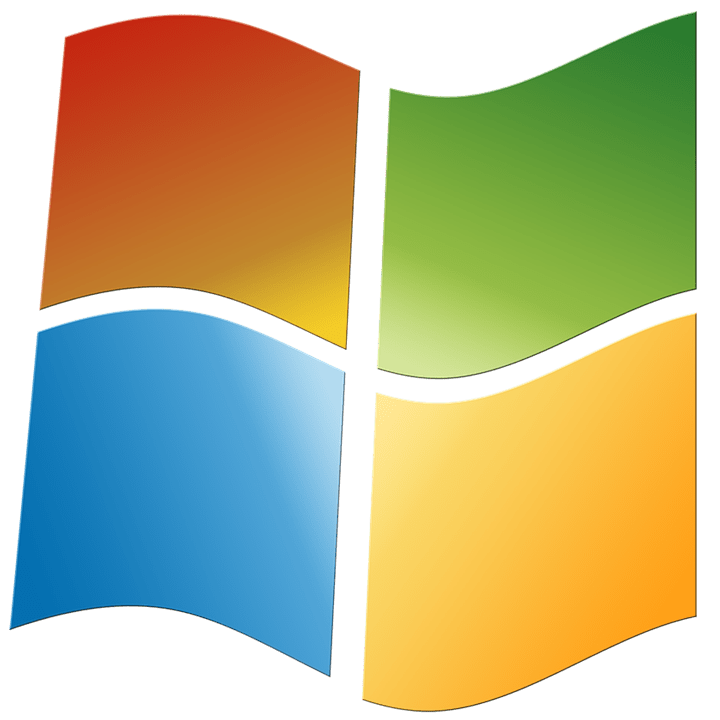
There’s one date in the technology world that is particularly vital to cybersecurity, it’s the end of life (EOL) date for an operating system, application, or software. For financial firms that have to stay in compliance with multiple regulatory bodies (SEC, FINRA, FISMA, etc.) this is a date that has significant impact on your ability to remain compliant with data security regulations.
For those firms that have PCs running Windows 7 or that use Server 2008 or 2008 R2, you have less than a year before all updates and security patches end, leaving those systems vulnerable to a data breach.
Triada Networks has had January 14, 2020 on their calendar for several years because it’s the date that both products will end their security updates and support of any kind from Microsoft. As an expert providing IT security and compliance support for financial firms in NYC and New Jersey, keeping our clients and their networks safe is our top priority.
So, if you have either Windows 7 or Windows Server 2008 still in use, we’ll tell you how to prepare over the coming months so make sure your security remains intact after the EOL date.
What Happens When a Product Reaches the EOL Date?
For every Microsoft product there is a lifecycle that’s planned far in advance and includes two phases where certain types of support are no longer provided. The first stage is when mainstream support is ended and the second is when extended support is ended (EOL).
Here is an overview of what happens in each of these phases.
What is Mainstream Support?
Microsoft’s first phase of a product lifecycle is mainstream support and includes:
- Both no-charge and paid incident support
- Support for warranty claims
- Security update support
- The ability to request non-security updates
What is Extended Support?
The second phase is extended support, and it includes:
- Paid incident support
- Security update support
- Ability to request non-security fixes for selected products
When Extended Support Ends
When the last phase of the lifecycle is reached, which is on January 14, 2020 in the case of Windows 7 and Windows Server 2008 and 2008 R2, the following happens.
- Security updates are no longer available
- Non-security updates are no longer available
- Paid support is no longer available
How to Prepare Your Firm for End of Life Date
For financial services firms, and really any business, it’s not an option to still operate Microsoft products that have reached their EOL date. To do so would mean your network was left vulnerable to hackers and anyone else looking to exploit those products that are no longer receiving any security updates.
This is also not an option for firms that need to meet data privacy compliance regulations since the systems would have no way to receive crucial security patches or updates.
Operating products past EOL date leaves businesses open to security, performance, and compatibility issues.
The good news is that you still have several months to make the switch and include plan for a smooth transition to ensure your network and data stay protected. Plus, you may find that year team is more productive due to the advances made in the new products.
For example, Windows 10 has multiple tools that make computer security and administration much easier as well as a more user-friendly interface than previous versions, including Cortana compatibility.
Here are the steps you should take this year to switch from Windows 7 and Windows Server 2008.
Switching from Windows 7 to Windows 10
- Compile a list of any computers your firm has that are running Windows 7.
- Decide which computers can be upgraded to Windows 10 and which cannot.
- Make arrangements to replace outdated PCs that can’t be upgraded.
- Consider the age of PCs that can be upgraded to decide which to keep and which to replace.
- Make a timeline and budget for the operating system and computer upgrades, keeping in mind the 1/14/20 EOL date.
- Schedule Windows 10 training for any employees that need to learn the new operating system.
Switching from Windows Server 2008 to Azure or Windows Server 2016
- Decide whether to go with Azure (Cloud) or Windows Server 2016 (on premise).
- Inventory your apps and server roles that you’re currently running on Windows Server 2008.
- Create a timeline and budget for the migration to the new server environment.
- Download the Migration Guides for either Azure or Windows Server 2016 to familiarize your team about the process.
- Schedule training on the new server environment for your administrators.
Let Us Help You with a Smooth Upgrade or Migration
We can take the stress out of any upgrade for Windows 7 or migration of a Windows Server 2008. Triada Networks has over two decades of experience serving the IT and cybersecurity needs of the financial industry.
Contact us today for a free consultation by calling 201-297-7778 or reaching out online.
